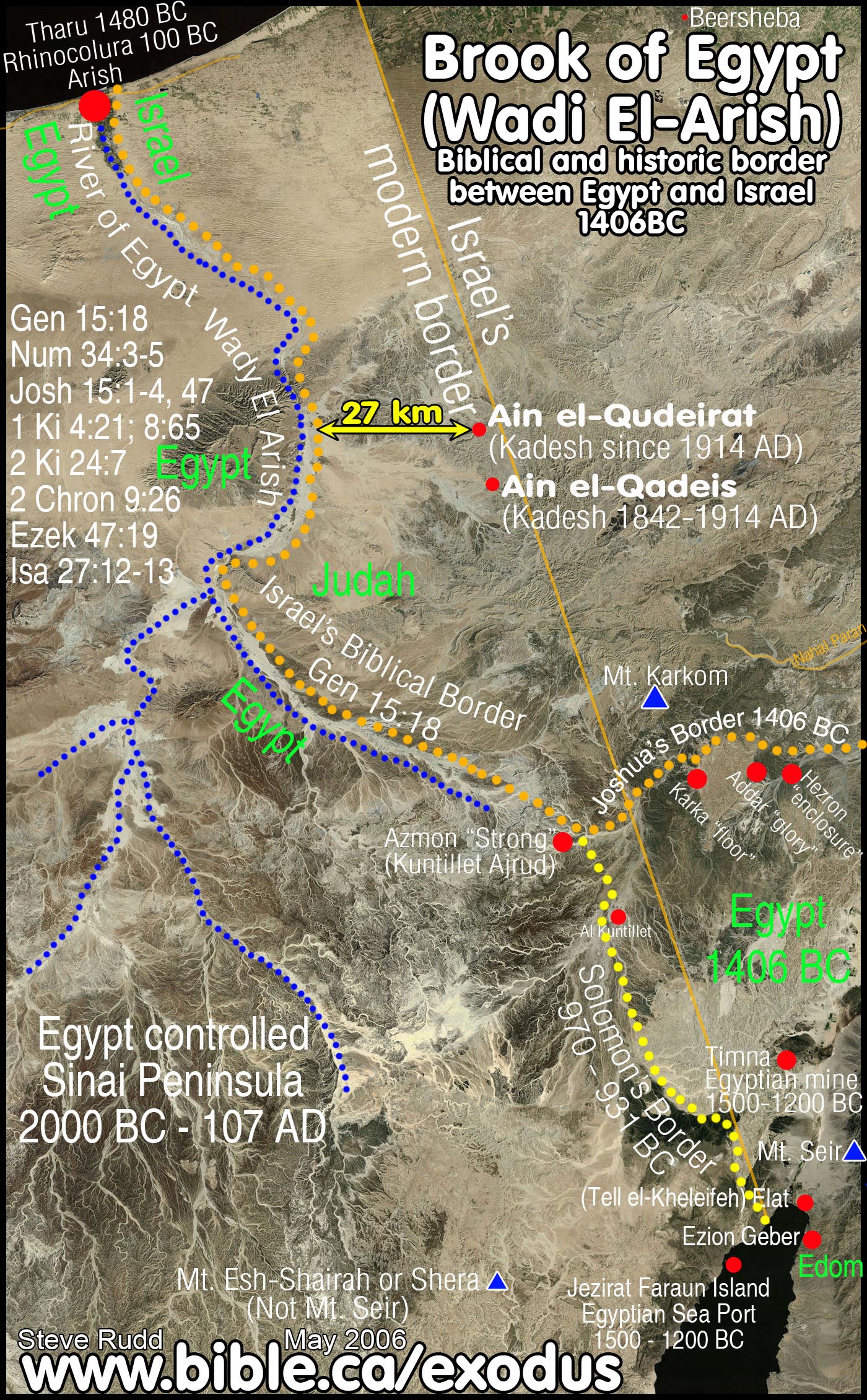
In either case, there is certainly no river encircling it.

The land of Havilah is also of uncertain geography, but Cush is associated later in Scripture with both a region of Arabia and the present land of Ethiopia. The Pishon is described as encircling the whole land of Havilah, and the Gihon as encircling the land of Ethiopia (or Cush). The name of the third river is Tigris it flows east of Assyria. The name of the second river is Gihon it flows around the whole land of Cush. The gold of that land is good the bdellium and the onyx stone are there as well. The name of the first is Pishon it flows around the whole land of Havilah, where there is gold. Now a river flowed out of Eden to water the garden and from there it divided and became four rivers. Moses provided this short description, probably based on a record of some kind provided by Adam and passed down through Noah, and eventually to Moses, The Perath is now extinct-no doubt destroyed by God through the worldwide Flood catastrophe of Noah’s time, an event that involved much more than simply rainwater, but also massive geologic upheaval, earthquakes, volcanos, reforming of geography and massive deposition of lava, sediments, dead plants, animals, etc. The Perath was located in pre-Flood Earth’s land Eden. This was later translated as the Greek word Euphrates.

In the original Hebrew, it is actually named Perath. It is first mentioned in Genesis 2:14 as one of the rivers of the paradise world in which Adam was created. The Perath was created by God as part of Creation. Also known as: Euphrates (in various Bible translations)


 0 kommentar(er)
0 kommentar(er)
